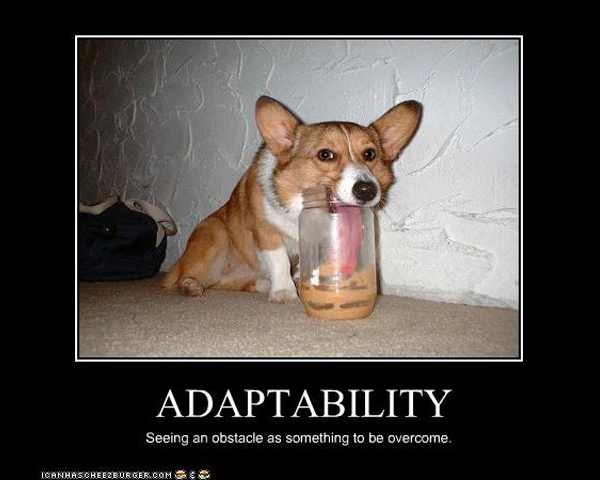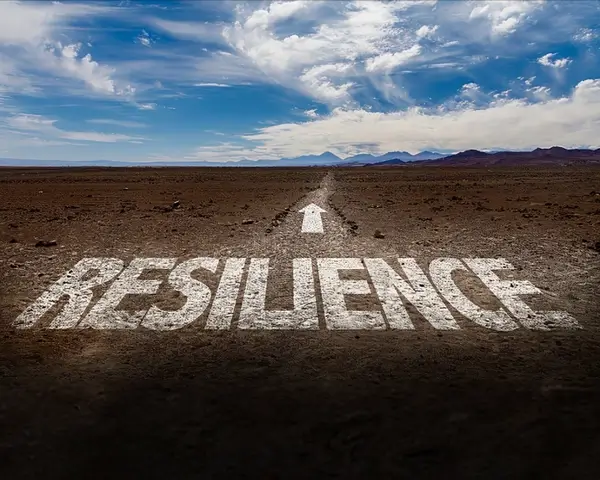Do you know what one of the biggest obstacles is to managing and implementing successful change within your organization?
You.
Yes, I’m talking to you. One of the people in charge. The leader. The “Sponsor” or “Champion.”
Organization change is inevitable, but that doesn’t mean it has to be painful or costly. The fact is…change is hard. Very hard. And it’s not something you can exactly check off your list…like tasks on a project plan.
New business initiatives, new technology, new processes and procedures, leadership changes – all require new behaviors and ways of doing things.
Did you see the word “behavior?” Behaviors are what inhibit or promote change. Transformational change requires a shift in mindset and behavior – that can be scary.
Making it not scary starts with YOU!
It begins with your own acceptance and commitment to the change, your behaviors, and your willingness and ability to engage others and bring them along on the journey.
If you can’t do that – then you shouldn’t be leading the change.
So how exactly can you sabotage change? You…
#10. Neglect to Build & Nurture Relationships.
Building and nurturing relationships is key. It’s how you build trust. Cameo appearances or a name without a face (and a personality to connect it with) won’t yield the trusted relationships needed for success. Building trust allows people to be more open and honest, and provides the type of data and feedback you need to develop successful solutions and positive change.
#9. Fail to Empower Those You Put Into a Position to Make Change Happen.
When leading and managing change – you need to empower those who you’ve tasked with making change stick. Make certain they have the skills ability and then get out of their way. Empower those who work for you to be able to make decisions and execute tasks. Successful change requires collaboration and trust. It’s a group effort – not a dictatorship.
#8. Be the Bottleneck.
Often times when you do #9, you indirectly become #8. You become the one who is in the way of completing what is required to keep the change process moving. Get out of your own way. You empowered people for a reason. Let them do their job. Take their advice and suggestions and act on them. Supply them with the needed information and approvals in a timely manner. Keep things moving. Don’t micromanage. Don’t minimize. Don’t ignore.
#7. Fail to Segment the Audience Groups.
It ultimately depends on what change is going on within your organization – but in most cases, you need to communicate different messages (or slightly modified yet consistent messages) to different audience groups at different times. You’ll want these audience groups segmented at the onset and you’ll want the needs and concerns of these different audience groups identified at the onset. Tell them what they need to hear, how they need to hear it, the way it needs to be heard.
#6. Lead from the Ivory Tower.
If you’re a sponsor or champion of the change then you best be comfortable with being visible and approachable. You can’t be just a name on an organization chart or a ‘title.’ The less you’re visible, the less you energetically promote the change, the less likely stakeholders are to trust you. Trust is necessary for commitment and good leadership. You need to be on the ground with the rest of the team figuring out how to make things change for the better. You need an active role. You need visibility.
#5. Create Bureaucracy Instead of Reducing Hierarchy.
When it comes to change within your organization – it often affects everyone across every department. But that doesn’t mean you have to complicate governance. Keep your governance and decision making groups lean. Add venues and vehicles for impacted stakeholders to have a voice but don’t create more layers than an onion. Bureaucracy delays decision making, causes bottlenecks, and prevents the organic evolution of change.
#4. Restrict Change Agents Access to Processes and Resources.
When managing large scale change – you contracted with your internal OCM/OE department or hired an external Change Agent, right? If not – do so immediately. An internal person alone CANNOT lead and manage the change within your organization. They are too close to the problem. They are often impacted stakeholders themselves. You need a fresh pair of eyes and ears. You need a specific skill set. You need people with dedicated capacity. And you need to grant these Change Agents access to all the people, processes, policy and technology within the organization so they can successfully lead and manage the change process.
#3. Expect Miracles Overnight.
Short and sweet – change does NOT happen overnight. Even the smallest change within an organization can take months. Large scale? You may hate to hear this, but, it can take years! Commitment. Patience. Small steps. Quick wins. Long journey.
#2. Don’t Follow-Thru
Say what you mean. Mean what you say. Do what you say. Not following through in a timely manner sets a level of distrust. And the people within your organization will be able to see it. Lack of timely follow-thru sends a bad message, slows the change process, and limits relationship building. Be helpful don’t be a hurdle.
#1. Expect Someone to Wave a Magic Wand.
TADA! POOF! Positive change has occurred! Ok…maybe in lala land the change wizard can wave a magic wand and all stakeholders will be happy and successful change achieved. Now, back to reality! Change does not happen because someone says so. Change does not occur simply by checking off boxes. It happens because committed people take the time and effort to do the hard work – personally and organizationally – needed for success. They learn and exhibit new behaviors that create and support positive change.
If you want your change to be a success – get out of your own way!
About Scott Span, MSOD, CSM: is CEO at Tolero Solutions. As a people strategist, leadership coach, and change and transformation specialist, his work is focused on people. Through his consulting and training work he supports clients to survive and thrive through change and transition and create people-focused cultures and a great employee experience. Through his coaching work, he supports people willing to dig deeper to identify and overcome what’s holding them back, change behaviors, accelerate performance and achieve their goals.
Email | Website | LinkedIn | Twitter | Blog | Facebook| YouTube | Instagram
*All Rights Reserved. Reproduction, publication, and all other use of any and all of this content is prohibited without the authorized consent of Tolero Solutions and the author.


